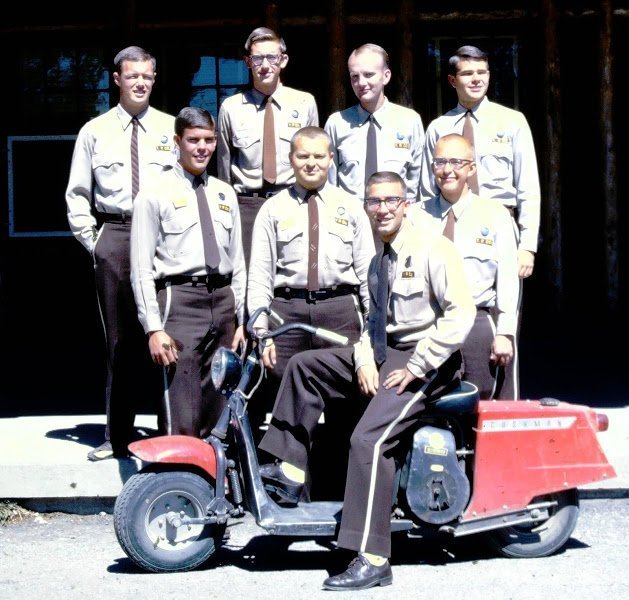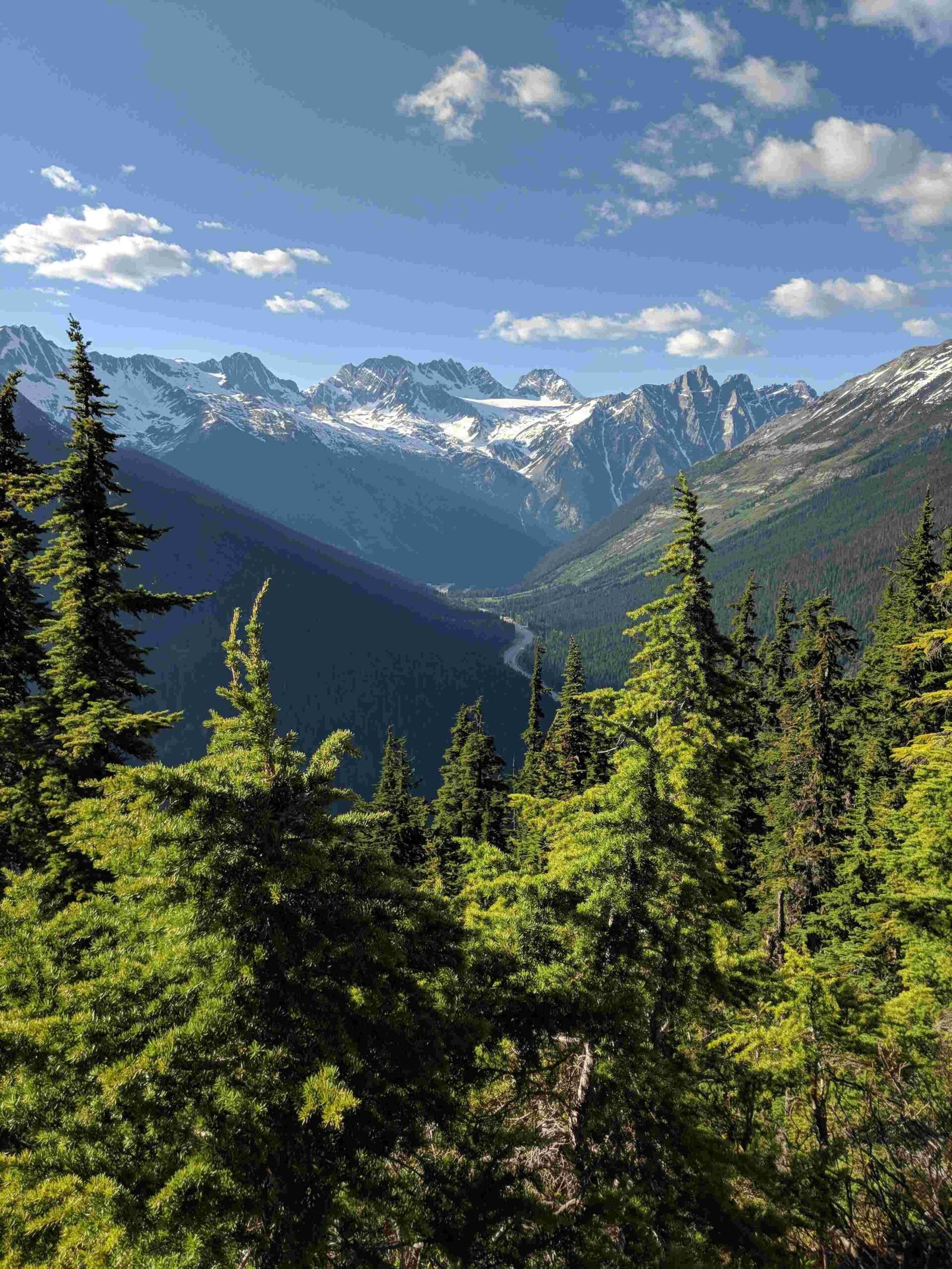Glacier National Park offers diverse shore fishing opportunities, from easily accessible lakes to remote alpine waters. Anglers can target various trout species, including cutthroat, rainbow, and lake trout. Popular spots include Lake McDonald, St. Mary Lake, and McDonald Creek. While some areas are best fished from boats, many locations provide excellent shore fishing experiences. This guide covers top fishing spots, techniques, regulations, and gear recommendations for shore fishing in Glacier National Park.
What Are the Best Shore Fishing Spots in Glacier National Park?

Glacier National Park boasts numerous locations for shore fishing enthusiasts. Here are some of the top spots:
Lake McDonald
Lake McDonald, located near the western entrance of Glacier National Park, is easily accessible via the Going-to-the-Sun Road. While shore fishing can be challenging here, persistent anglers may find success during early mornings or late evenings when the waters are calm and fish are more active.
- Fish species: Cutthroat trout, rainbow trout, lake trout
- Best times: Early morning, late evening
- Access: Multiple pull-offs and parking areas along Going-to-the-Sun Road
St. Mary Lake
Situated on the eastern side of the park, St. Mary Lake offers stunning views and diverse fishing opportunities. Although boat fishing is often recommended, shore anglers can still find success in certain areas.
- Fish species: Cutthroat trout, lake trout, whitefish
- Best times: Early morning, late evening
- Access: Several parking areas along Going-to-the-Sun Road
Avalanche Lake
This sub-alpine lake is accessible via a moderate hike from the Trail of the Cedars near Lake McDonald. Its smaller size makes it ideal for shore fishing.
- Fish species: Westslope Cutthroat Trout
- Best times: Midday to early afternoon
- Access: Hike from Trail of the Cedars
Hidden Lake
For those willing to hike, Hidden Lake offers excellent fly fishing conditions. The trail starts at Logan Pass and continues past the overlook to the lakeshore.
- Fish species: Yellowstone Cutthroat Trout
- Best times: Mid-morning to early afternoon
- Access: Hike from Logan Pass
McDonald Creek
As the longest stream within Glacier National Park, McDonald Creek provides numerous shore fishing opportunities. It’s easily accessible from the Going-to-the-Sun Road.
- Fish species: Rainbow trout, cutthroat trout, mountain whitefish
- Best times: Early morning, late evening
- Access: Multiple points along Going-to-the-Sun Road
What Techniques Work Best for Shore Fishing in Glacier National Park?

Successful shore fishing in Glacier National Park requires a combination of the right techniques, bait, and timing. Here are some effective strategies:
Bait and Lure Selection
- Dry Flies: Elk Hair Caddis, Stimulators, Hoppers
- Nymphs: Hare’s Ear, Pheasant Tail
- Spinners: Mepps Aglia, Blue Fox Vibrax
- Spoons: Small, reflective spoons
- Soft Plastics: Small trout-mimicking plastics
Casting Techniques
- Roll Casting: Ideal for tight spaces or when there’s limited room for a backcast
- Mending: Helps maintain a natural drift in moving water
- Delicate Presentation: Use long leaders and small tippets, especially in clear waters
Seasonal Considerations
| Season | Fishing Conditions | Best Techniques |
|---|---|---|
| Spring | High water, runoff | Focus on slower pools, use larger lures |
| Summer | Clear water, active fish | Early morning/late evening fishing, dry flies |
| Fall | Cooler water, pre-spawn activity | Nymphs and streamers, focus on deeper pools |
| Winter | Limited access, ice fishing | Check regulations, use ice fishing techniques where allowed |
What Are the Regulations for Shore Fishing in Glacier National Park?
Understanding and following fishing regulations is crucial for responsible angling in Glacier National Park. Here are the key points to remember:
Licensing Requirements
- While not required specifically for Glacier National Park, obtaining a Montana fishing license is recommended to support conservation efforts.
Catch Limits and Rules
- Many areas have catch-and-release restrictions
- Single hook rules apply in certain waters (e.g., McDonald Creek between Lake McDonald and Quarter-Circle Bridge)
- Some waters may be closed to fishing – always check current regulations
- Be aware of invasive species concerns and follow decontamination procedures
Seasonal Restrictions
- Some areas may have seasonal closures or restrictions
- Always check the Glacier National Park website for the most up-to-date information
What Gear Is Recommended for Shore Fishing in Glacier National Park?
Having the right gear can significantly enhance your shore fishing experience in Glacier National Park. Here are some recommendations:
Rod and Reel
- Rod: Medium to light action, 8-10 feet in length
- Reel: Good drag system, capacity for at least 100 yards of 10-15 lb line
Line and Leaders
- Line: 10-15 lb monofilament or fluorocarbon
- Leaders: Long, tapered leaders for fly fishing (9-12 feet)
- Tippet: 4X to 6X, depending on water clarity and fish size
Additional Gear
- Waders or waterproof boots
- Polarized sunglasses
- Hat and sunscreen
- Insect repellent
- First aid kit
- Bear spray (for safety in bear country)
How Can Anglers Practice Responsible Fishing in Glacier National Park?
Responsible fishing is crucial for preserving the natural beauty and ecological balance of Glacier National Park. Here are some guidelines:
- Practice Catch and Release: When possible, release fish carefully to ensure their survival
- Use Barbless Hooks: These cause less damage to fish and make release easier
- Pack Out What You Pack In: Leave no trace of your fishing activities
- Respect Wildlife: Keep a safe distance from all wildlife, including bears
- Follow Park Regulations: Stay informed about and adhere to all fishing rules and regulations
- Prevent Spread of Invasive Species: Clean, drain, and dry all fishing gear between locations
Shore fishing in Glacier National Park offers a unique opportunity to experience some of America’s most pristine waters. By following these guidelines, using the right techniques, and respecting the park’s regulations, anglers can enjoy successful fishing while helping to preserve this natural wonder for future generations.